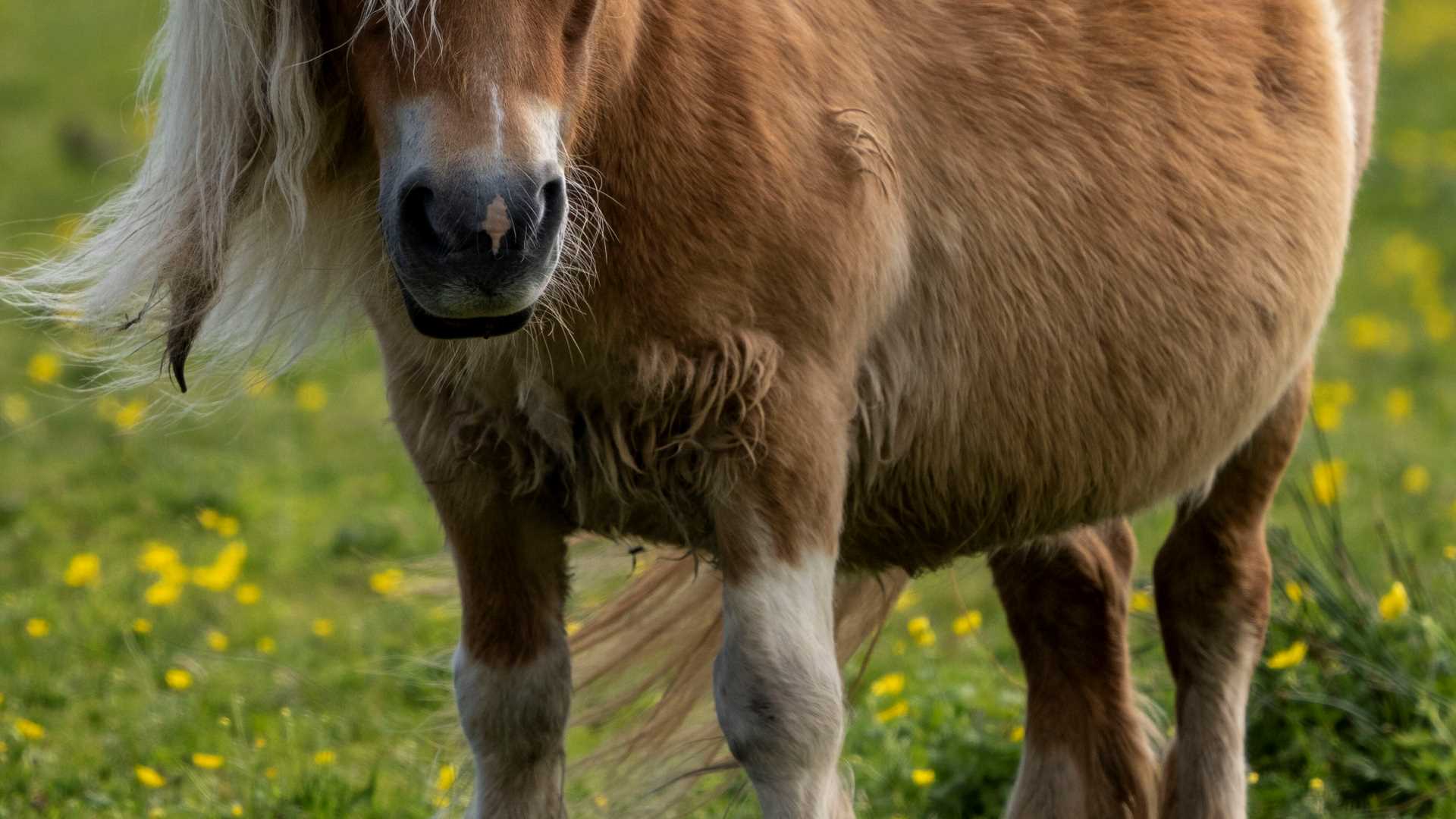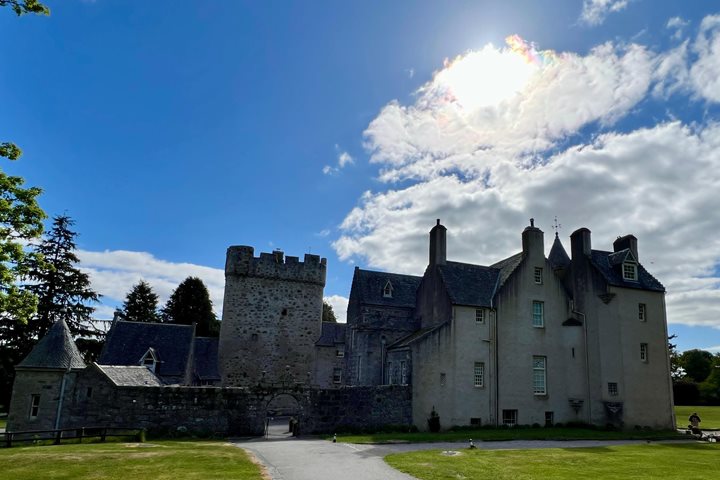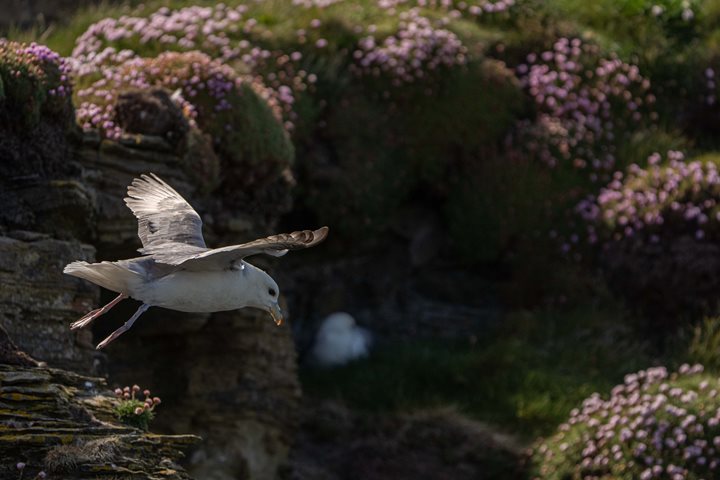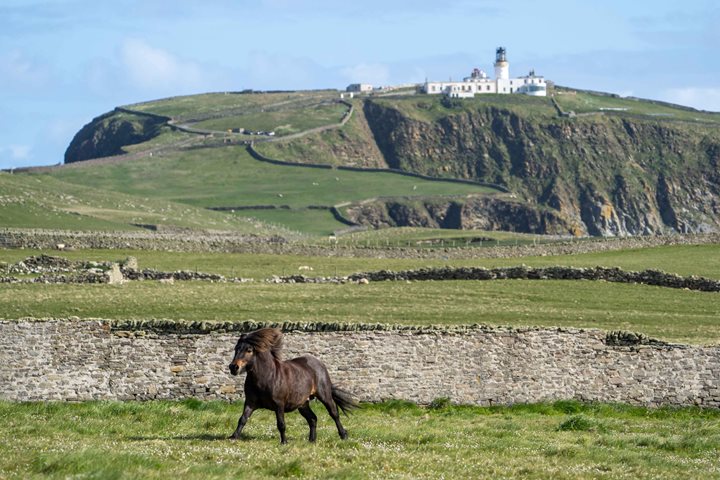Today we got to visit two very special places in the Shetland Islands, Foula and Mousa. On Foula, a small group of people live a bucolic lifestyle. They are isolated from the world and dependent on the ferry or a small airplane to provide them with the necessities of life that they cannot grow, raise, or fish for themselves. The second Island, Mousa, is the site of a Neolithic broch used in the Iron Age and dated at 300 BC. Brochs are found only in Scotland, and this is the best-preserved broch in the country.
Call +1.800.397.3348 or contact your travel advisor







